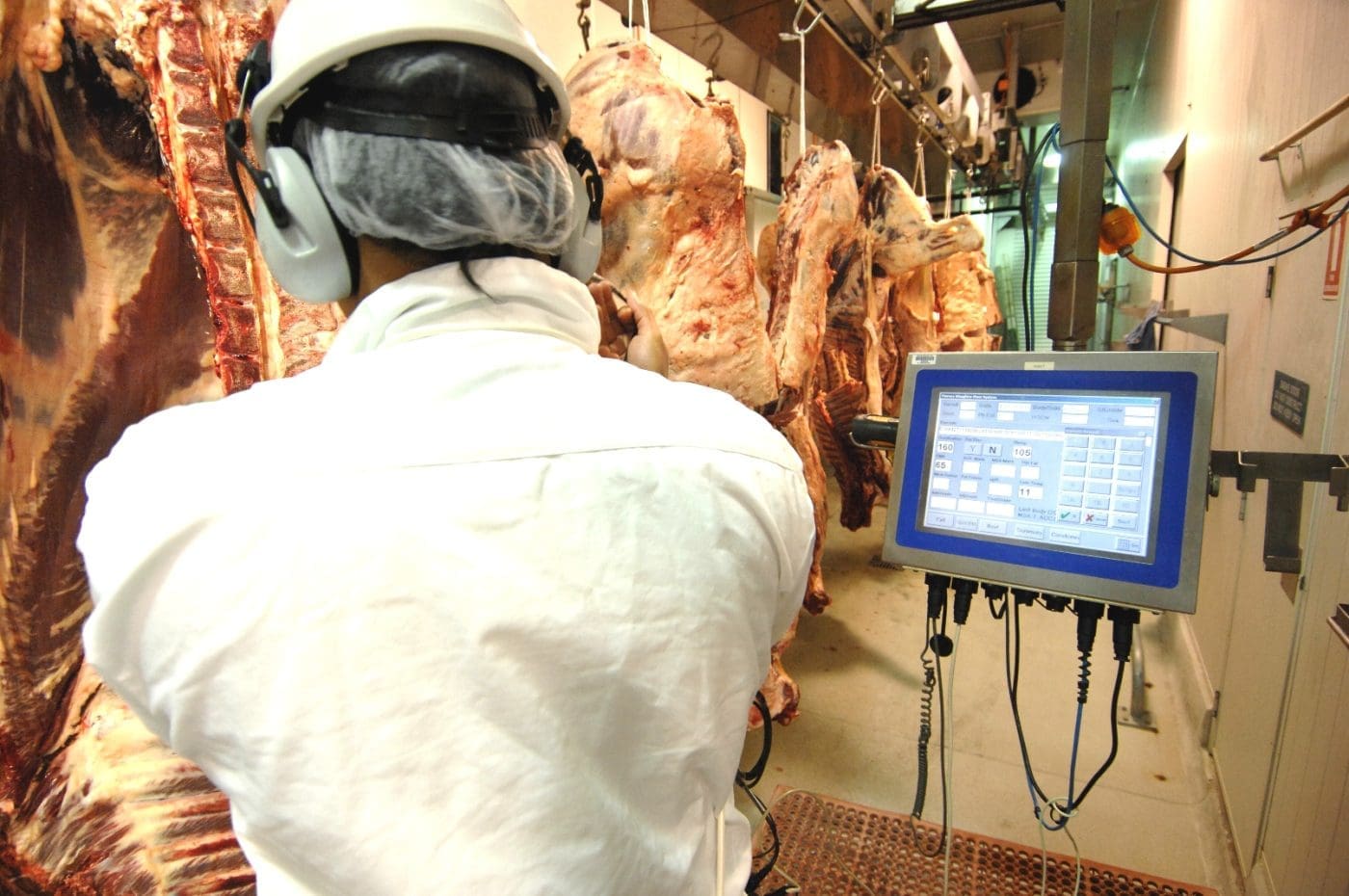FIRST signs emerged this week that the labour crisis afflicting beef processing operations is having direct impact on cattle prices – for both slaughter and feeder types.
Some Queensland and southern grids have slipped as much as 30c/kg on slaughter cattle this week, on top of earlier hefty drops.
 Quotes from competitive Queensland processors obtained this morning have 580-595c/kg on four-tooth heavy grass steer with HGP, and 510-530c/kg on heavy cows. Some of those quotes are back 10c in a week, while others are as much as 30c down, depending on positions the week before.
Quotes from competitive Queensland processors obtained this morning have 580-595c/kg on four-tooth heavy grass steer with HGP, and 510-530c/kg on heavy cows. Some of those quotes are back 10c in a week, while others are as much as 30c down, depending on positions the week before.
Central Queensland offers are 10c/kg behind those rates.
In southern states, quotes have 615-625c/kg grids for four-tooth steer and 500-510c for heavy cows, some of which are back 30c/kg on Friday’s rates.
Some observers anticipated that the market might strengthen a little last week, with the rain that was around, but the general trend for slaughter and store cattle was cheaper, north to south.
Labour key limiting factor
A popular theory started to emerge early this year that given current levels of labour resourcing, there was a ‘natural ceiling’ presenting in Australian processing of around 115,000 to 120,000 head of cattle a week.
The past three reported weeks (week ended 17 March has not yet been provided by NLRS) have been in the high 112’s to low 113’s, suggesting the limit is now within sight.
“There might be a little bit more in the system, but not much,” one large multi-site, multi-state processor said this morning.
“If MLA’s herd projections are to be believed, we’d have to kill 140,000 head a week this year, and we’re only killing a few over 110,000. Add slaughter and live export together, and Australia generally turns off 31-33pc of opening numbers each year. To achieve that, we need 140,000 a week, but we won’t go close to that.”
“Killing capacity will ultimately control the cattle market from now on,” another contact said. “It’s the key limiting factor, overtaking export meat prices and demand, and even the weather as a key influence in cattle pricing,” he said.
“Any surplus supply above what the processing industry can handle is going to create real problems.”
Forward bookings well covered
Processors in Queensland are clearly well supplied with slaughter cattle at present, with some now only taking bookings for the other side of Easter.
Others export processors in Queensland are not quoting at all this week, suggesting they are well covered heading into the sequence of holiday shortened working weeks.
Any disruptions to kills caused by rain last week are now gone, and may have only added to current supply challenges, because cattle booked prior that had to be substituted because of weather are now pushed further back in the roster.
Feeder market also starting to be impacted by processing capacity
Feeder cattle prices are also starting to be impacted by processing labour constraints, several large stakeholders believe.
Quotes seen this week for flatback heavy feeders for 100-day programs in Queensland have offers are 370c/kg liveweight or less, and continuing to trend down.
One large Darling Downs grainfed supply chain has offers out for domestic flatback feeders this morning at 335c/kg and heavy feeders 355c. See last week’s report on big losses being sustained in grainfed cattle.
“The smarter feeder cattle buyers are now taking the industry’s likely forward kill capacity into account in their purchasing of feeders,” one supply chain manager told Beef Central this morning.
“It’s drifting backwards through the chain to the feeder cattle a lot quicker than I thought it would,” he said.
“There is little point putting a steer onto feed now if you are going to struggle to find a home for him at the meatworks at the end, in June or July.”
“But there’s not likely to be a huge surplus of feeder cattle out there this year. The available numbers won’t grossly outweigh the available cattle – and in some cases, producers with feed in front of them will take young cattle through and finish them in the paddock.”
“Some of those feeders may have blown-out on weight (500kg limit for export programs), as the feeder market started to decline, and people held cattle back hoping it might turn around.
“Some of that is not planned – it’s just the way things have worked out. Weights have surprised a lot of people this year.”
